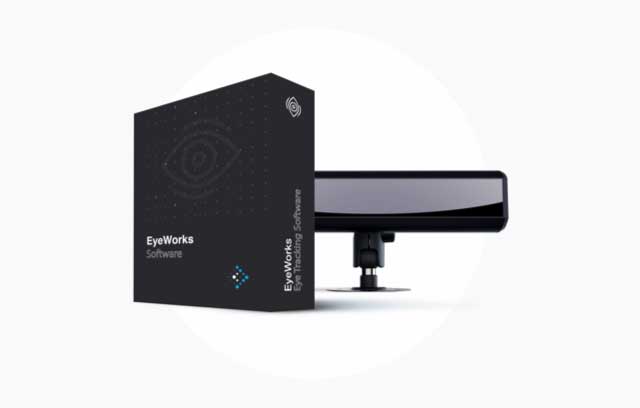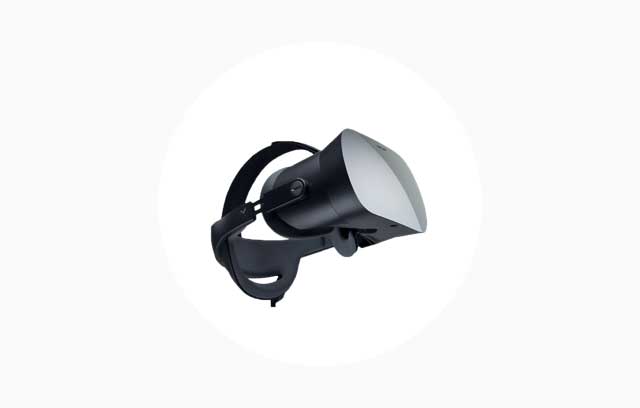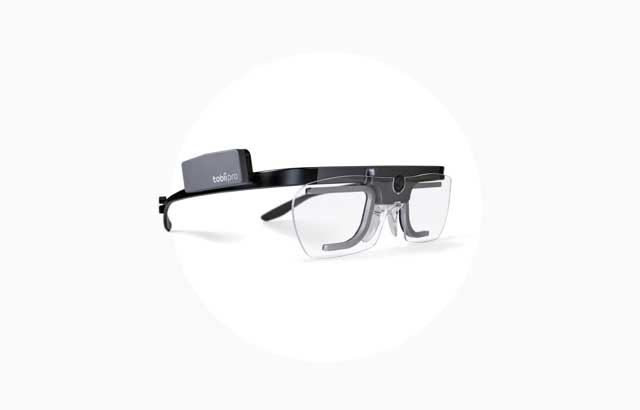When evaluating new technology, skepticism is a useful reflex. Are you sure it works? How do you know? Where is your evidence? Such questions help to weed out the ineffective tools and improve the ones that show promise. In this way, skeptics guide the evolution of the very technologies of which they are skeptical. And if you’re skeptical of that conclusion, just look at eye tracking. Today’s excellent visual behavior analysis tools are in part the result of a century and half of skepticism regarding the accuracy of data collected, the applicability to different research areas and the realism of the testing setup. For example, if no one had ever said, “Hmm, that chin rest and bite bar sure do seem to distract the participant,” then progress toward systems with head movement correction would not have been as swift.
At this point, the technical quality of eye tracking is well-established. Most serious researchers accept that the data collected is accurate and realistic, but that doesn’t mean that the skepticism has disappeared. The main challenge that we currently hear from skeptics is one of utility: “Do I really even need eye tracking?” It’s an important question, one that drives us to constantly improve our services and software. However, as practically useful as this question may be, it isn’t a simple one to answer, at least not in a way that will satisfy the true skeptic. I can list the ways in which eye tracking is beneficial, but that’s just marketing. I can provide references to studies that have effectively used our technology, but those are just someone else’s findings. To the skeptic wondering if eye tracking offers them any real advantage, seeing is believing.
Here’s what I mean. To combat skepticism in website testing, I have two options: I can say “evidence suggests that traditional usability research does not fully account for the richness of the user experience” (and then listen to the crickets), OR I can simply show this video…
As you might expect, the video is the more effective means of conveying the value of eye tracking. It’s not about replacing traditional methods; it’s about using all of the tools available to describe the interaction between user and site completely. If you are only capturing outward behavior, then you aren’t getting the whole picture. You’re watching the highlight reel instead of seeing the whole game. You’re skimming the blurb on the back cover instead of reading the whole book. I could probably rattle off a few more analogies, but again, I think the video does a much better job of turning eye tracking skeptics into eye tracking believers.
Featured image from Unsplash.




